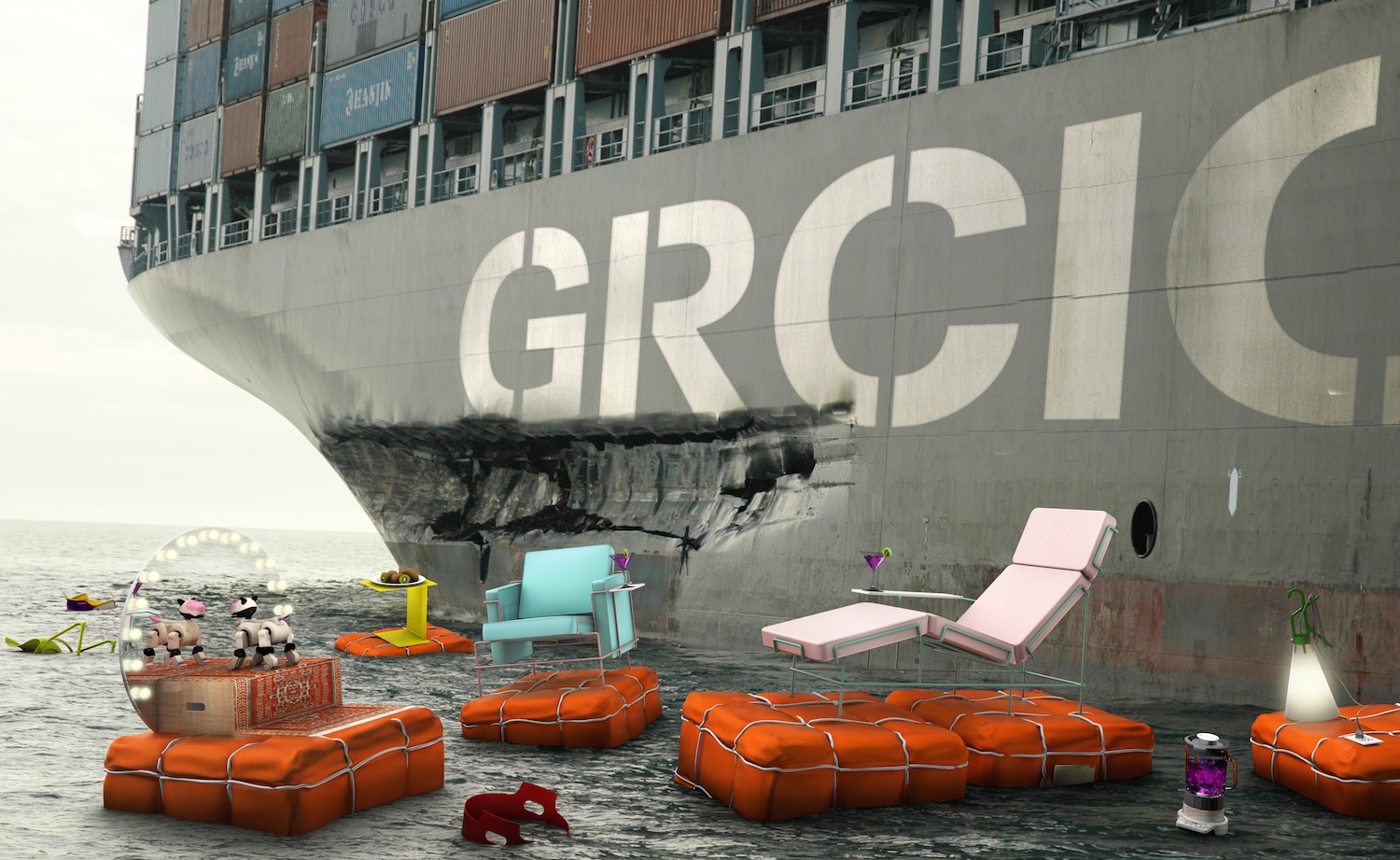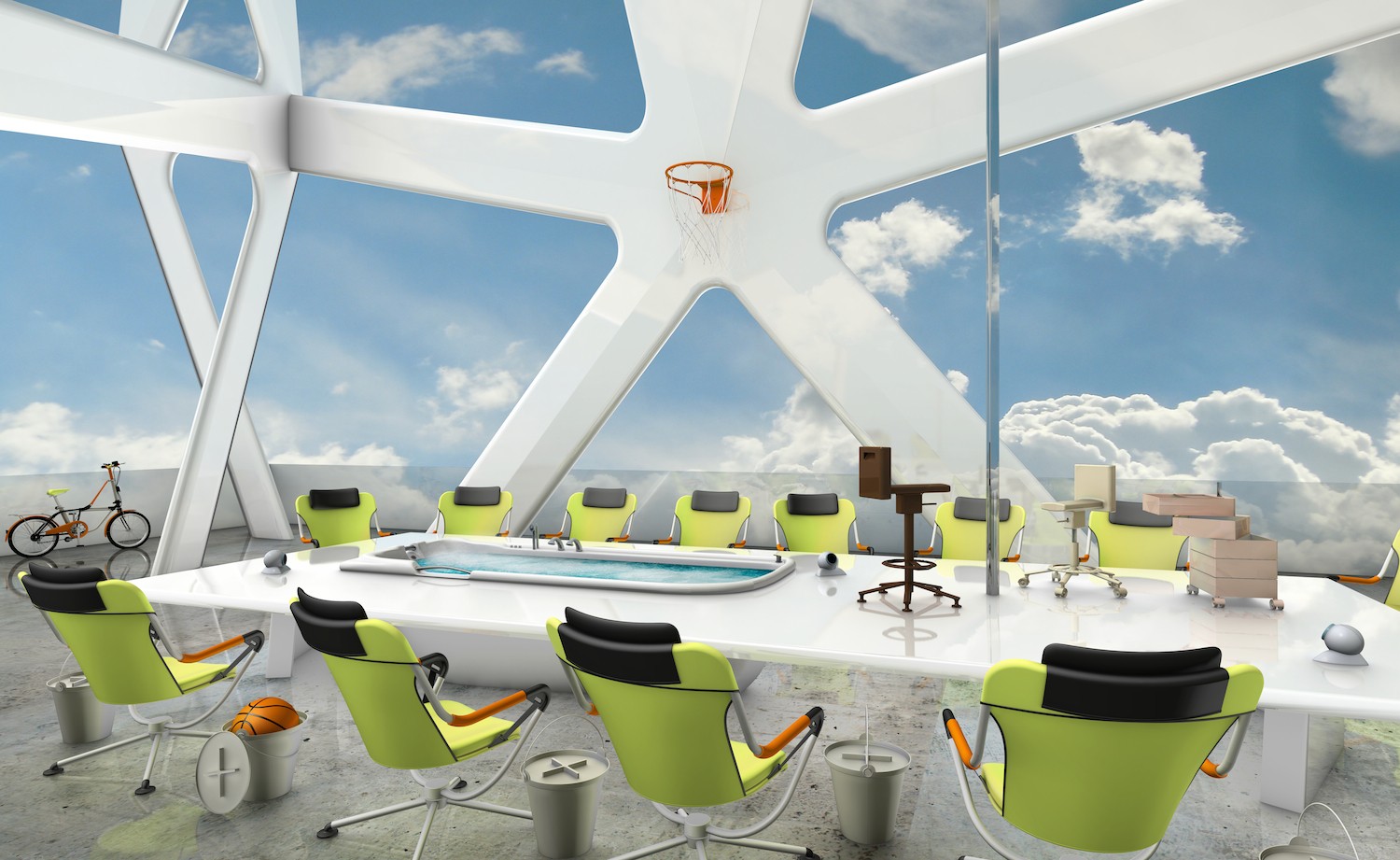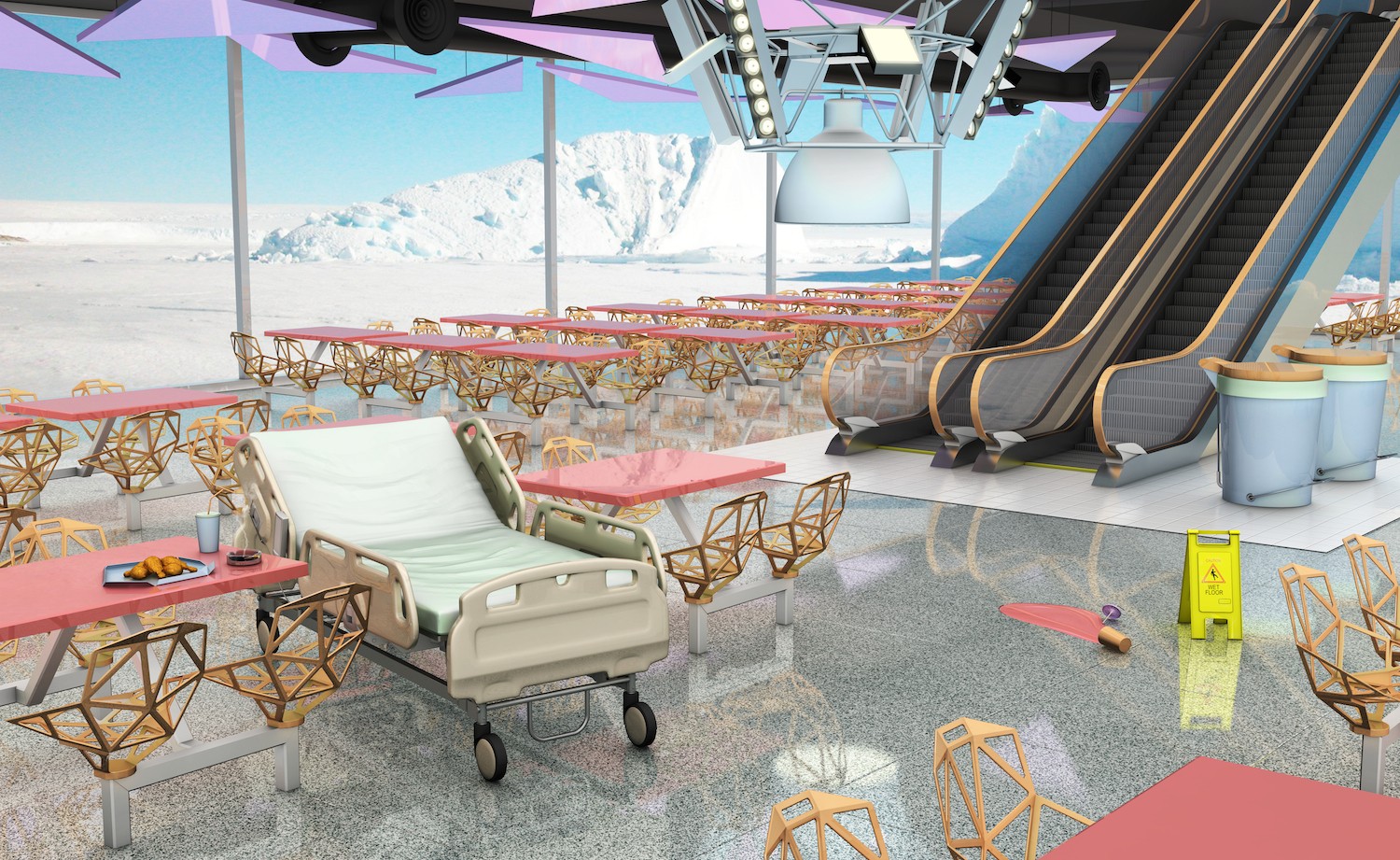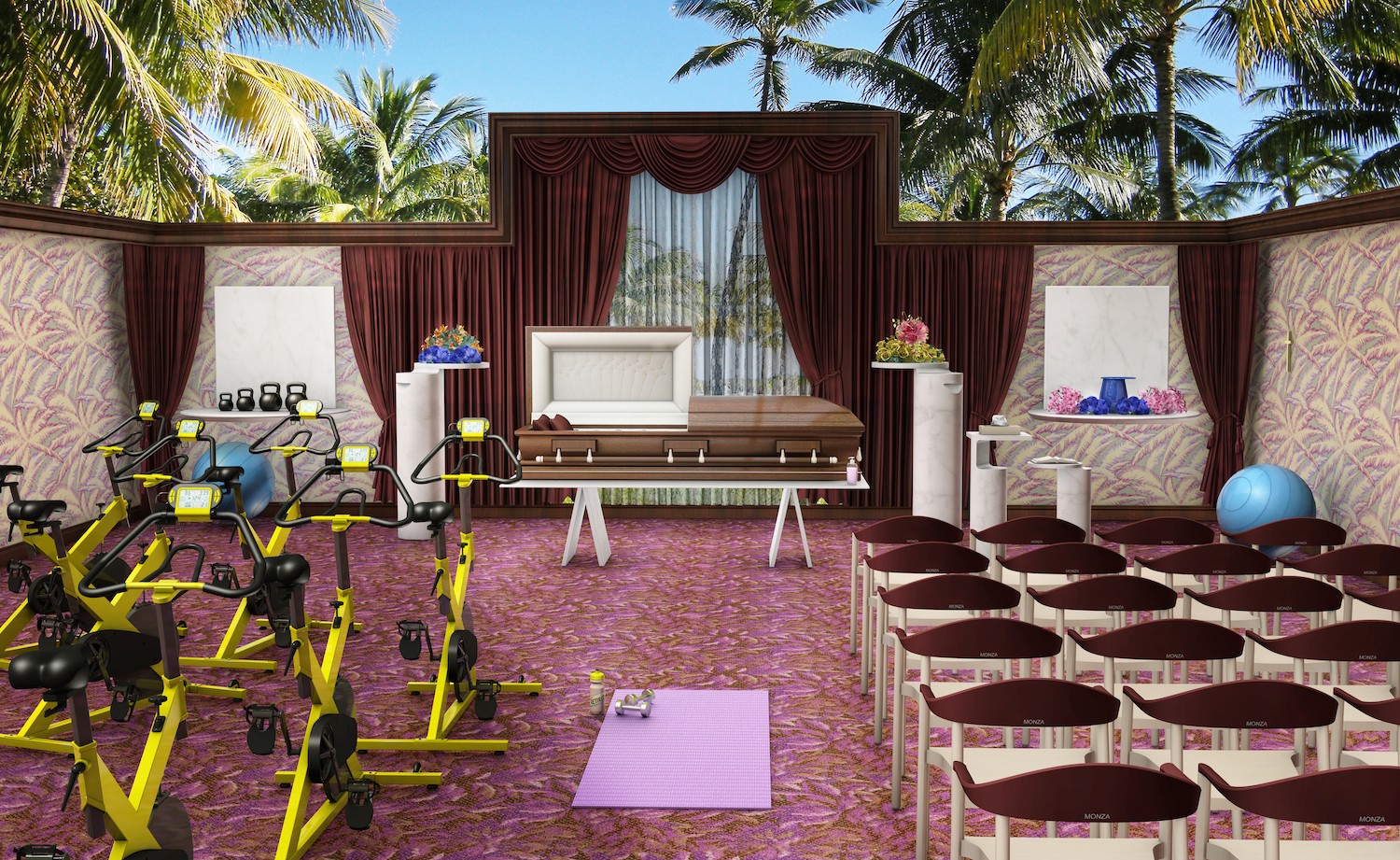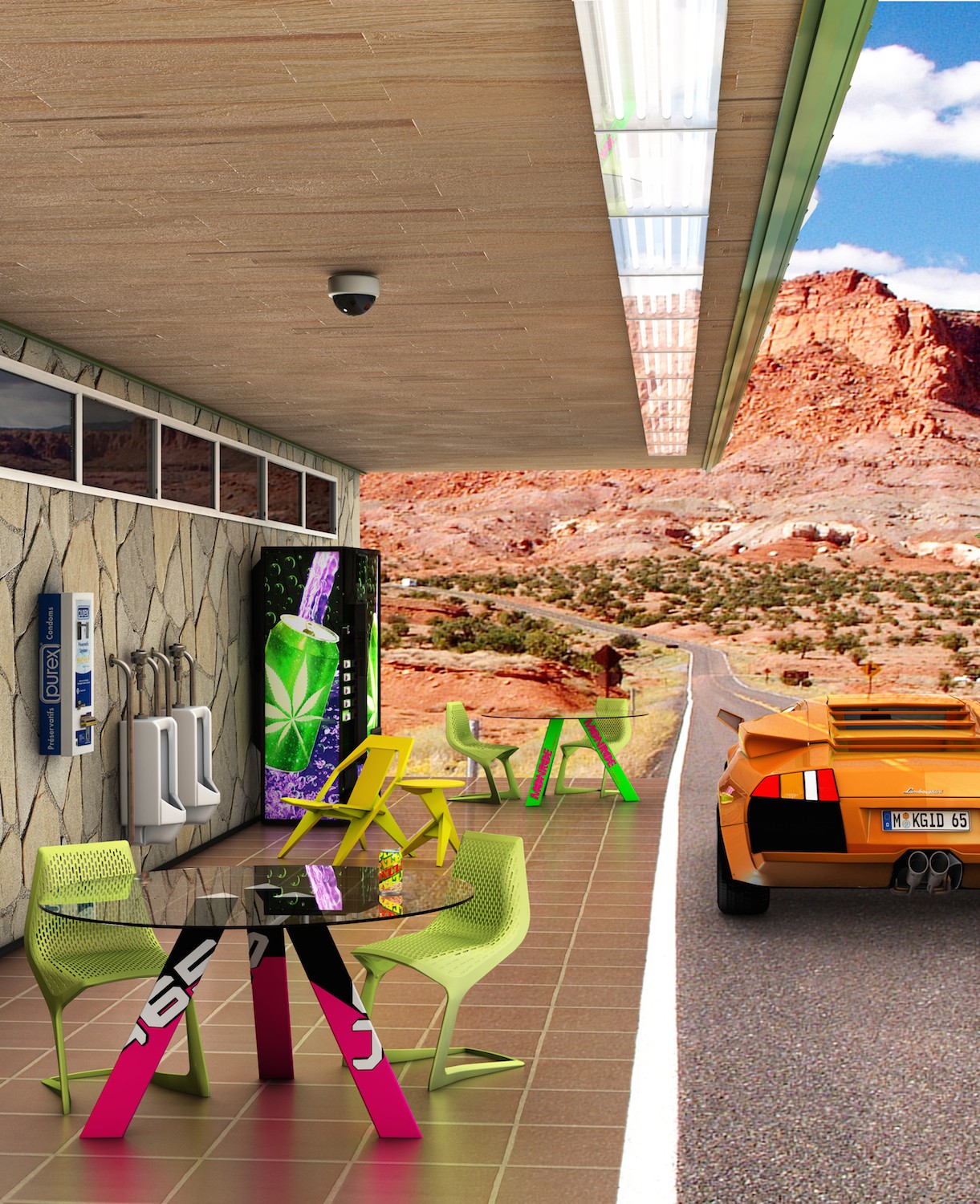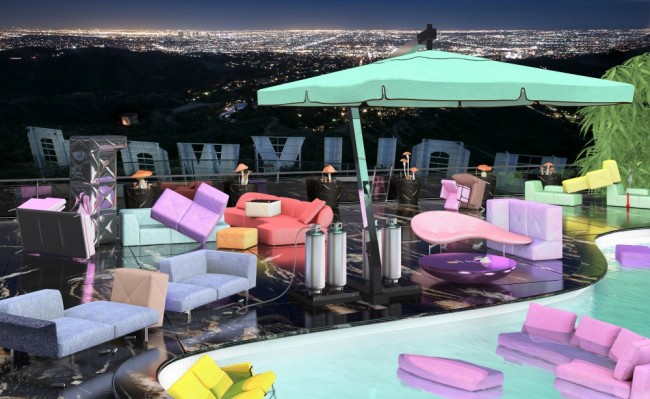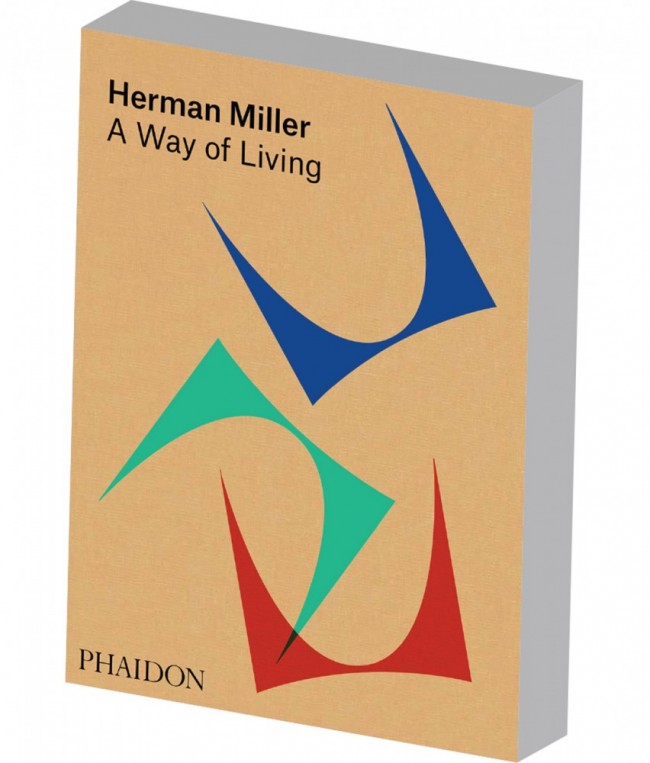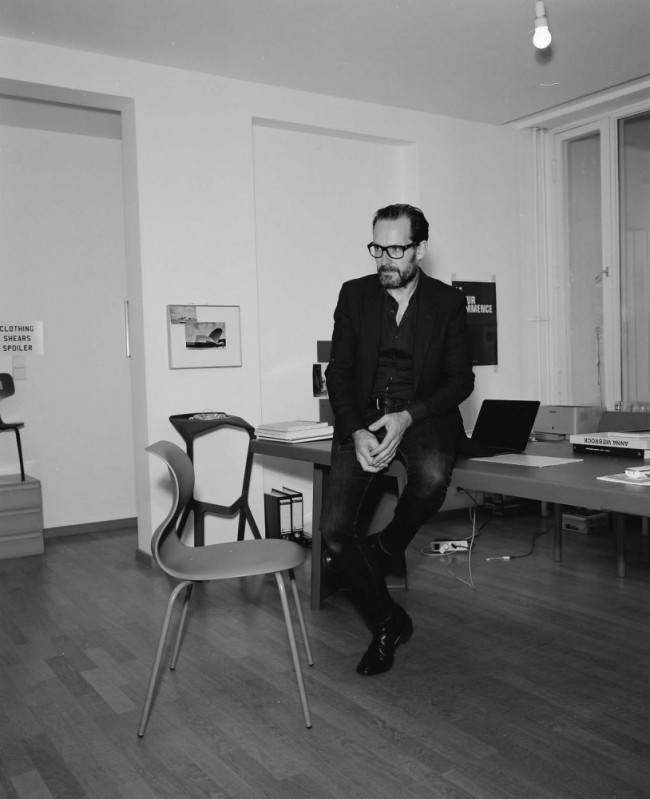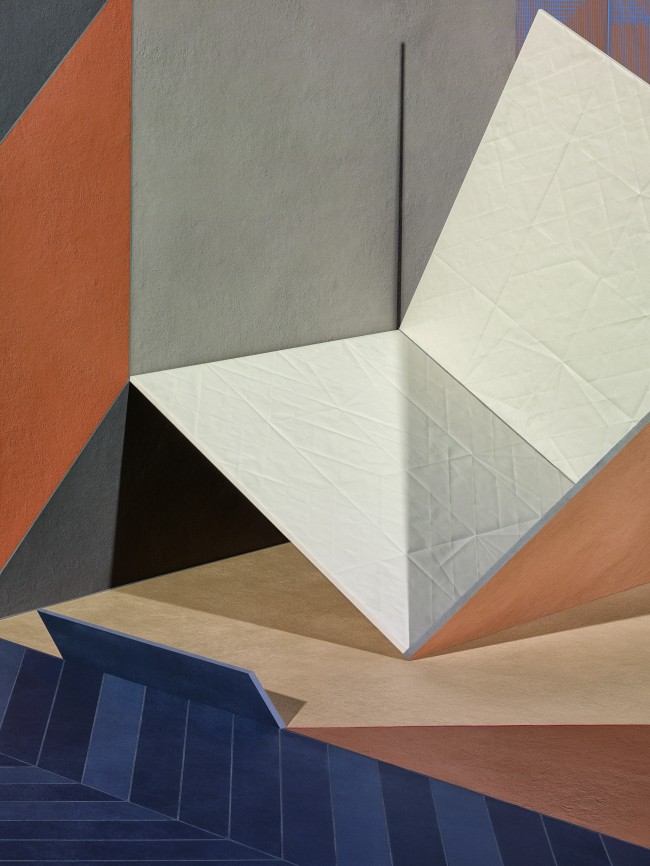PLANET GRCIC: IMAGINING THE FUTURE WITH TOMORROW’S DESIGN CLASSICS
Konstantin Grcic is full of surprises. What is probably his best-known product, Chair One, was as much a challenge to the possibilities of aluminum die-casting as it was to the notion of a seating surface. Before its release by Magis, in 2004, the 48-year-old German industrial designer was associated with the clean, rational aesthetic demonstrated in plastic products for authentics, and the playfully proletarian character of Mayday (Flos, 1999), a multifunctional lighting object modeled after a mechanics lamp. Chair One’s bold, angular lattice was shocking. a deluge of imitations followed — a profusion of products and student work teeming with facets, a formal language made facile by 3D modeling software. But Chair One would not have been born without the application of much older technology: cardboard, paper, and tape, the kind of common materials Grcic often uses to build full-scale representations of his ideas. It’s an approach that humbly embraces the limitations of a model with respect to the industrial processes being considered.
Cardboard would not become aluminum without the collaboration of the client, and the chemistry of this relationship is critical to Grcic’s process of design development. Rather than beginning a project with an idea of what it should look like, he is more likely to ask what it wants to be. This almost phenotypical approach to product development places emphasis on the typological precedents and the constraints of manufacture, but transforms the technological and material into designs that are rich in form and sophisticated brevity. The elegant boxiness of the new Traffic seating group (also for Magis) combines the typology of early Modern upholstered furniture with a point-of-purchase retail-display wire aesthetic, presenting the cushions like boxes of candy bars. The Medici Chair (2012), an outdoor lounge chair Grcic designed for Mattiazzi, demonstrates an inventive use of flat planks of wood, a technique that alludes to Grcic’s early training as a cabinetmaker, while also evoking classic adirondack chairs or furniture by Frank Lloyd Wright. But the innovation in Grcic’s work may not always be in the use, materials, or methods of manufacture, but in their application. For the Pro School Chair (Flötotto 2012), Grcic undertook extensive research to find an alternative to the rigid, upright posture of conventional educational furniture. The Pro’s round polypropylene seat encourages students to face multiple directions while its pliant, S-shaped backrest calls to mind ergonomic seating that flexibly supports the body.
This week the Vitra Design Museum is opening Panorama, an exhibition spanning over 15 years of Grcic’s career. Rather than simply looking back, however, Grcic and Mateo Kries, the museum’s director, have decided that the exhibition will be just as much about asking the question of what the future has in store. It may be impossible to imagine to what extent modern communications technology will blur the boundaries between private and public spaces, or how we will even understand such concepts in the future. But within these yet unknown spaces we will still need places to sit, surfaces to dine and work upon, objects to cook and eat with, and illumination to see by. Will Konstantin Grcic be designing these objects? There is a good chance he already has.
Text by Leon Ransmeier.
All artwork by Shawn Maximo for PIN–UP 15, Fall Winter 2013/14.

